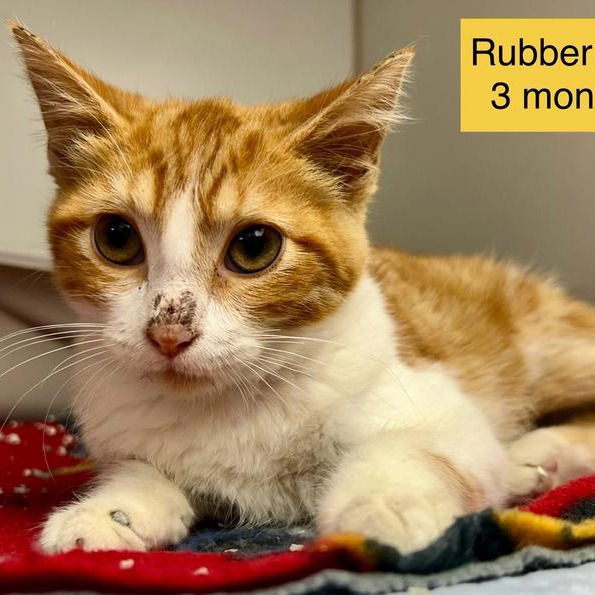Why do dogs twitch in their sleep? – Dogs Today Magazine

Whilst most dog owners find their pet’s sleep twitches endearing, understanding the difference between normal dreaming behaviour and potential neurological conditions that require immediate attention is a must. Dr Aimee Warner, resident veterinarian at Waggel, explains…
We see owners filming their dogs’ ‘cute’ sleep movements for social media, but many don’t realise there are distinct patterns that separate healthy REM sleep from seizure activity. Knowing the difference could be crucial for your dog’s wellbeing.
Dogs experience similar sleep cycles to humans, including REM (Rapid Eye Movement) phases where dreaming occurs. However, distinguishing between normal sleep behaviour and concerning neurological symptoms isn’t always straightforward for pet owners.
Gentle paw paddling and soft vocalisations Light running motions, quiet woofs or soft whimpers during sleep are completely normal. These typically last under 60 seconds – often just 5–30 seconds – and occur during REM cycles. The movements should be gentle and rhythmic, like a dog ‘chasing rabbits’ in slow motion.
Facial twitching and ear movements Nose twitching, ear flicking or slight facial movements are common during dreams. Dogs process scents and sounds from their day, so you might see their nose working or ears perking up as they dream about interesting smells or familiar voices.








